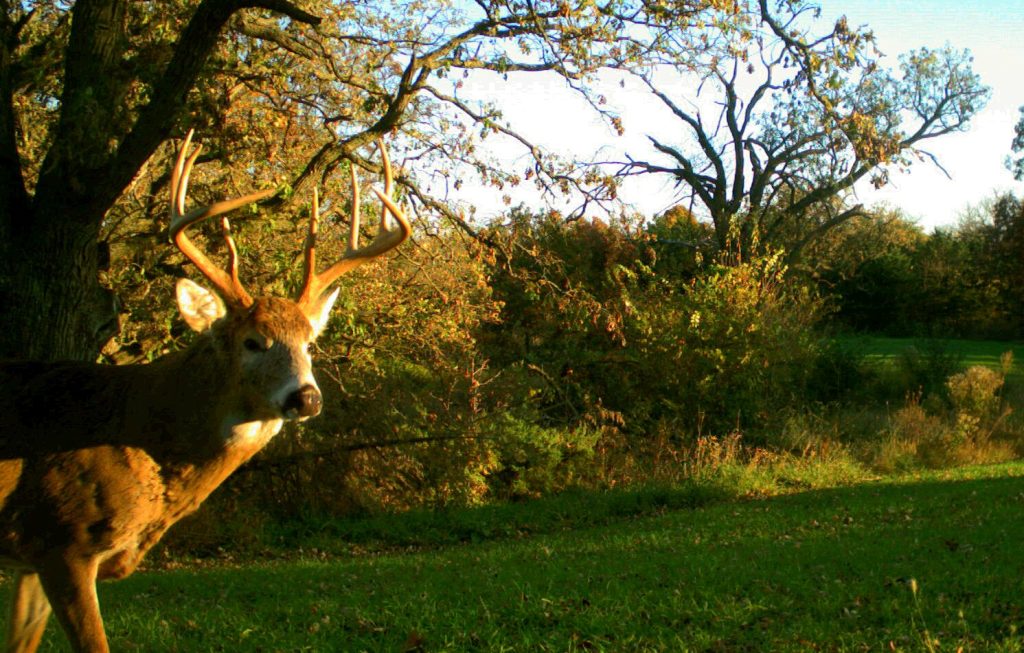Harvest Havens, the key to a successful food plot, lies in the meticulous selection of the perfect seed. A food plot serves as a haven for wildlife and an enticing source for hunters, making the choice of seed a critical decision. The first step in this process is to understand the local climate, soil conditions, and the specific needs of the targeted wildlife. Different regions and species demand distinct nutritional requirements, making it essential to tailor the seed selection to the local ecosystem. For those situated in northern climates, where cold temperatures prevail, selecting seeds that withstand frost and provide ample sustenance during winter months is crucial. Crops like winter wheat, rye, and Brassica are well-suited for such environments, offering resilient growth and consistent nutrition. In contrast, warmer southern climates may benefit from warm-season legumes like soybeans and cowpeas, which thrive in the heat and provide a rich source of protein for deer and other game.

Soil composition is another pivotal factor to consider when choosing the ideal food plot seed. Conducting a soil test to determine pH levels, nutrient content, and composition will help guide the selection process. Some seeds thrive in acidic soils, while others prefer alkaline conditions. Additionally, understanding the nutrient requirements of the chosen seed ensures optimal growth and productivity. Legumes, for instance, have the unique ability to fix nitrogen in the soil, enhancing its fertility and benefiting neighboring plants. The specific needs of the targeted wildlife should also influence the seed selection. Different animals have varying preferences when it comes to forage, and tailoring the food plot to their tastes increases its attractiveness and check website. For instance, white-tailed deer are known to favor clover and chicory, while turkeys are drawn to a mix of grains and legumes. Incorporating a diverse array of plants in the food plot ensures a well-rounded menu, appealing to a broad spectrum of wildlife.
Consideration should also be given to the longevity of the food plot. Annuals, on the other hand, require replanting but offer the advantage of flexibility in adjusting the food plot composition based on evolving wildlife preferences and seasonal variations. In conclusion, Harvest Havens emphasizes the importance of a nuanced approach to selecting food plot seed. By considering local climate, soil conditions, wildlife preferences, and the desired longevity of the plot, hunters and wildlife enthusiasts can create a thriving habitat that not only attracts game but sustains a diverse ecosystem. The key lies in understanding the intricate balance between environmental factors and the specific needs of the targeted wildlife, ensuring a bountiful and enduring harvest haven.